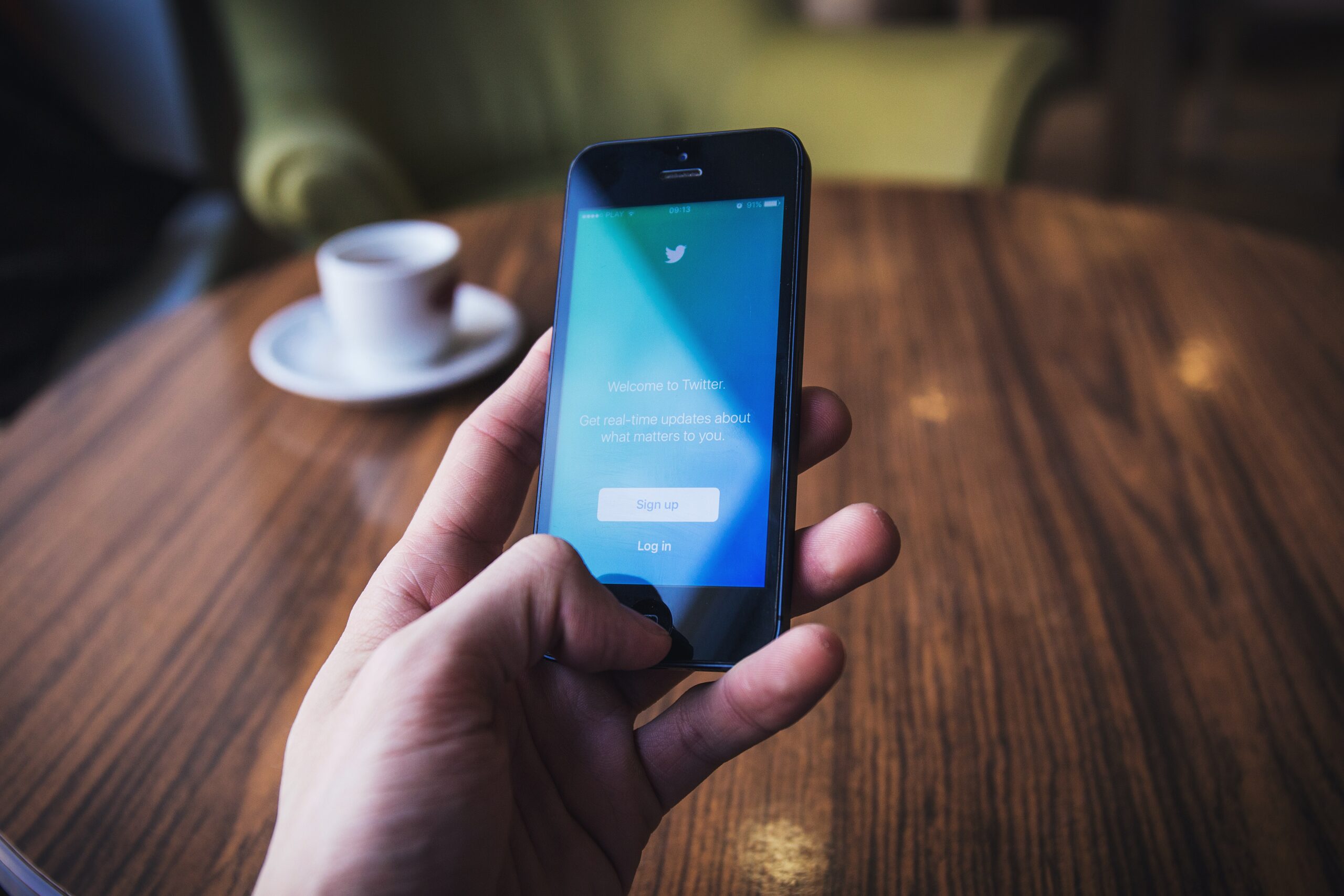
Steven Aguiar
30 Sep 8 Examples of B2B Marketing Success on Facebook
When we think of modern-day B2B marketing, our thoughts instantly go to LinkedIn. LinkedIn is the network to find and connect with businesses to generate leads. But it isn’t the only network where brands can experience B2B marketing success. Facebook is surprisingly one of the best channels for B2B brands to connect with professionals. Don’t believe us? Here are eight examples of brands who have found B2B marketing success on Facebook.28 Sep How to Find New Clients on Using LinkedIn Advanced Search Hacks
Posted at 00:00h
in Account-Basked Marketing, agency marketing, B2B Marketing, Social Media Marketing
Update 3/6/17: It appears as part of their recent redesign, LinkedIn has moved most of their advanced search features to their premium Sales Navigator plan. Although it will run you $65 to $80 a month depending on your plan, we still think there are few better ways to prospect based on firmographic data.
Finding new clients has never been easier. Whether you’re a freelancer, a consultant or a brand, the internet is a wonderful place for B2B brands to reach out to that ideal client criteria list you made. In fact, you can do it from the comfort of your computer; you can even amplify those little efforts with a credit card. You just have to know where to look (and how). If you’re a B2B brand, you know the best place to start finding new clients is LinkedIn. As the social network for B2B professionals to cultivate relationships and leads, LinkedIn is a massively useful database that contains all the contact information you need to turn that ideal client into a real one. Want to know how to find new clients on LinkedIn? Look no further.
13 Sep B2B Inbound Marketing: Five Strategies You Should Steal
Posted at 00:00h
in Account-Basked Marketing, agency marketing, B2B Marketing, Nonprofit Marketing, publisher marketing, Travel Marketing
Every B2B brand, new or old, knows they need to market themselves. It’s just a matter of how. The marketing of the past emphasized sales-y ad spots on television, radio and print; cold calls; direct mail; billboards—your standard outbound marketing. The marketing of today is a different beast. Inbound marketing has proven to be very successful at attracting leads and prospects to your business by drawing them inwards. To do that, here is a list of five B2B inbound marketing techniques your company can utilize.
30 Aug How to Nurture Leads With Facebook Custom Audiences
Facebook is estimated to generate $4.8 billion from advertisers in 2016. That’s because there’s never been a platform that allows advertisers to scale targeted campaigns so quickly, and brands big and small are seeing results. There are hundreds ways to target a user on Facebook, including where they live, their job title, their relationship status, and how much money they make. Want to hit single dentists who love the NBA in Wisconsin? No problem. You can be up and running in 15 minutes. In addition to its demographic and interest targeting capabilities, Facebook has been consistently improving its Custom Audiences product since its introduction in 2013. In a nutshell, advertisers can use Custom Audiences to introduce their first-party data into Facebook advertising campaigns. With this method, they can serve hyper-targeted ads against someone who visits their website, views a certain video or signs up for their newsletter. (Ever spend 5 minutes on an e-commerce site, and notice their ads following you around on Facebook? Yeah.)16 Aug How 7 Companies Are Killing It With Branded Podcasts
What’s old is new again in marketing. Nowhere is this more true than with radio and podcasts. Radio, which made waves (pun intended) in the early 20th century, has seen a resurgence in popularity thanks to its next-generation reincarnation known as podcasts. Podcasts, those audio and radio shows you can download to your smartphone, are on everyone’s minds these days, and for good reason. Approximately 98 million Americans are listening to podcasts every year and 56 million Americans listen to podcasts every month, according to the latest Edison Research study. In fact, the current podcasting boom has been heralded as the golden age of podcasts. Brands are no strangers to podcasts. Frequently, the involvement is limited to sponsorship of the podcast by the brand; you'll hear one or more ads from them during the show. But brands are also starting to produce their own podcasts. Here are five you should know about.09 Aug The Case for Live Tweeting
When I first started working in social media marketing, we developed content for Facebook and Twitter nearly exclusively. They were the “big two” platforms, where brands were starting to play. Skip ahead five years to today, and it would be a vast understatement to say that the industry has changed. From content types to audience growth to paid media and beyond, every element of marketing on social media has become more platform-specific. Brands are chastised for replicating posts across Facebook, Twitter, Instagram, and Pinterest—and why shouldn’t they be? These channels are diverse in their capabilities, strengths, and weaknesses, just like their outdoor, print, and TV predecessors. Today, if you asked a 21 year old what the “big two” social media platforms are, what do you think she would say? Snapchat and Facebook? Instagram and WhatsApp? It’s a safe bet to say that she wouldn’t name Facebook and Twitter outright. Since my first months as a community manager back in 2011, Facebook has become a Google-esque behemoth; it’s an automatic part of any smart marketing mix. Twitter… not so much. While the real-time platform is no slouch, with more than 65 million daily active users in the US, it has yet to definitively carve out its niche as a marketing tool. As a result, where Facebook is a no-brainer, Twitter may not even register for brand managers who just aren’t sure what value it offers. But we are here to tell you that, despite the fact that Twitter has done a terrible job of articulating its value, marketers would be remiss to ignore its unique strengths and capabilities. One of those strengths, Live Tweeting, will be about as visible and powerful as any other media over the next month. That’s because of the #Olympics.02 Aug Calculate the ROI of Your Content Marketing With This One Simple Equation
Posted at 00:00h
in agency marketing, B2B Marketing, publisher marketing, Social Media Marketing, Travel Marketing
 How much money does your business make thanks to your content marketing program? No idea? You're not alone.
Tying content marketing efforts to profit is a complicated task—and it's not getting any simpler. Customer journeys are increasingly non-linear: our leads hit many different marketing touch points, often out of "order," producing multiple sets of metrics to analyze. As a result, the amount of data at our fingertips becomes overwhelming, even distracting.
As CB/I Digital COO Mike Le recent pointed out, it’s easy to get tied up in the vanity metrics of each channel and lose sight of actual conversions. We've all been there (as we'll get into shortly). To avoid data distraction, we'd like to resurface an oldie but goodie practice: look at the big picture.
The way we see it, there's one simple equation for understanding true ROI: the total amount of money invested in your content marketing versus the total value of the generated leads. Let's go back to math class for a second and build out this equation.
How much money does your business make thanks to your content marketing program? No idea? You're not alone.
Tying content marketing efforts to profit is a complicated task—and it's not getting any simpler. Customer journeys are increasingly non-linear: our leads hit many different marketing touch points, often out of "order," producing multiple sets of metrics to analyze. As a result, the amount of data at our fingertips becomes overwhelming, even distracting.
As CB/I Digital COO Mike Le recent pointed out, it’s easy to get tied up in the vanity metrics of each channel and lose sight of actual conversions. We've all been there (as we'll get into shortly). To avoid data distraction, we'd like to resurface an oldie but goodie practice: look at the big picture.
The way we see it, there's one simple equation for understanding true ROI: the total amount of money invested in your content marketing versus the total value of the generated leads. Let's go back to math class for a second and build out this equation.









